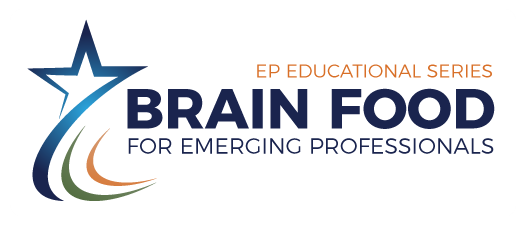
Brain Food: Documenting Design Intent With Preliminary Project Descriptions
ZOOM
Event Details
For Schematic Design, the AIA B101 Owner-Architect agreement requires documented preliminary material and system selections and consideration of alternative materials and systems. How can architects present this information, effectively, to convey design intent? Preliminary project descriptions (PPDs) bring a flexible, expandable structure designed to capture project design, performance, and sustainability requirements for each functional element. When multiple design solutions are considered, the PPD can document each alternative, the selected solution, and the reason for the selection - providing a design record for both the design team and the owner. Learn how PPDs provide a convenient structure that can document material and system selections, including alternatives, all in a single document while providing the owner a powerful quality assurance tool to ensure the design satisfies the stated project requirements throughout the design and construction phases.
Learning Objectives
- Explore a standardized structure for presenting design intent during early project design phases
- Demonstrate how to document multiple optional design solutions for evaluation to meet project performance and budget criteria
- Illustrate the relationships between preliminary project descriptions and BIM that allow PPDs to serve as external model data until the design solutions are decided
Presenter

David Stutzman, AIA, FCSI, CCS, SCIP, LEED AP
David Stutzman, AIA, FCSI, CCS, SCIP, LEED AP is an independent construction specifier and architect. He founded and leads Conspectus, Inc. the largest, expert independent specifications consulting firm in the United States, based in southern New Jersey and with multiple regional offices. David has extensive experience in producing architectural and engineering specifications for federal government masters, commercial masters, office masters, and construction projects. Additionally, through the specification process, David becomes a quality assurance partner by identifying areas of concern to be addressed by the construction documents. He is leading the initiative in delivering integrated Uniformat and MasterFormat specifications that align owner project requirements, design intent, and estimates for critical decision-making required to balance performance, quality, and costs during the design process. David has created and developed an 'industry-first' tool to produce written construction documentation that benefits all members of the project team, in particular the owner, estimator and architect/engineer.
